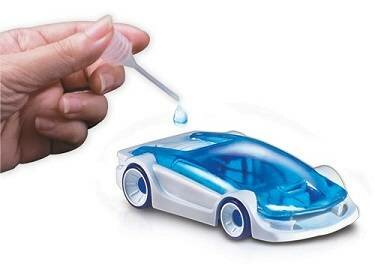First Iranian water-fuelled engine system to be commercialized

TEHRAN – The first Iranian homegrown water-fuelled engine will be commercialized by the next six months, the inventor Alaeddin Jasemi Zargani announced, Tasnim reported on Monday.
Jasmei Zargani, who invented the first water-fuelled system for car engines in Iran, said he has negotiated for obtaining necessary standards for the past year.
“I have already obtained some licenses from related ministries and some others are to be obtained,” he said.
He said that he has received European standards for the engine, however, national standards should be obtained.
There are hydrogen fuel cars in other countries, however, it is not imported to Iran yet, he said.
The hydrogen fuel cars increase fuel efficiency nationwide and also enhance air quality, he explained.
He said that the water-fuelled engine system can be installed in all the cars and there is no need for any change in the cars, he said.
The water-fuelled engine system can also be used in factories and plant houses, he added.
On November 27, 2016, Jasemi Zargani unveiled his modified vehicle, a car that can be supposedly powered by using potassium hydroxide and distilled water, Financial Tribune reported.
The locally produced Peugeot 405 usually runs on Compressed Natural Gas and gasoline.
He said that a liter (0.26 gallons) of water can reportedly generate some 96 megajoules of energy while a liter of gasoline produces only 29 MJ of energy.
Jasemi Zargani has said a car run by this modified engine could run on 60 liters of water and able to travel up to 900 km.
The hydrogen fuel cell works in the form of electrolysis when one applies a voltage to electrodes inside a closed tank of distilled water; the H2o molecules split into hydrogen and oxygen.
According to scientificamerican.com, researchers today put more focus on using hydrogen to power fuel cells, which can replace internal combustion engines to power cars and emit only water from the tailpipe. And though hydrogen is combustible and can power an internal combustion engine, to use hydrogen in that way would squander its best potential: to power a fuel cell.
Hydrogen fuel cell cars are gaining traction, but commercialization of hydrogen fuel has not yet been accomplished. The electrolysis process could be viable in saving energy if a renewable, non-polluting energy source such as solar or wind could be harnessed to power it, although capturing enough of that energy source on board the car would be another hurdle.
SB/MQ/MG
Leave a Comment